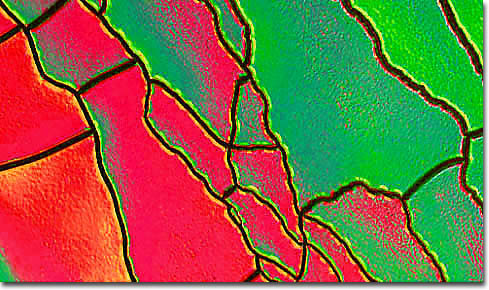|
The concepts of superlattices and man-made crystals were developed by Leo Esaki and Raphael Tsu, who jointly invented a semiconductor superlattice in 1969. Their significant achievement inspired a wide array of new scientific research and eventually led to the development of many electronic devices that were unable to be fabricated ever before. Some of the phenomena that continued studies of superlattices helped reveal for the first time include high electron mobilities, large Stark shifts, and differential negative resistance. Among the devices that emerged from these studies are high-speed resonant tunnel diodes, high-power cascade superlattice lasers, and high electron-mobility transistors.
|
